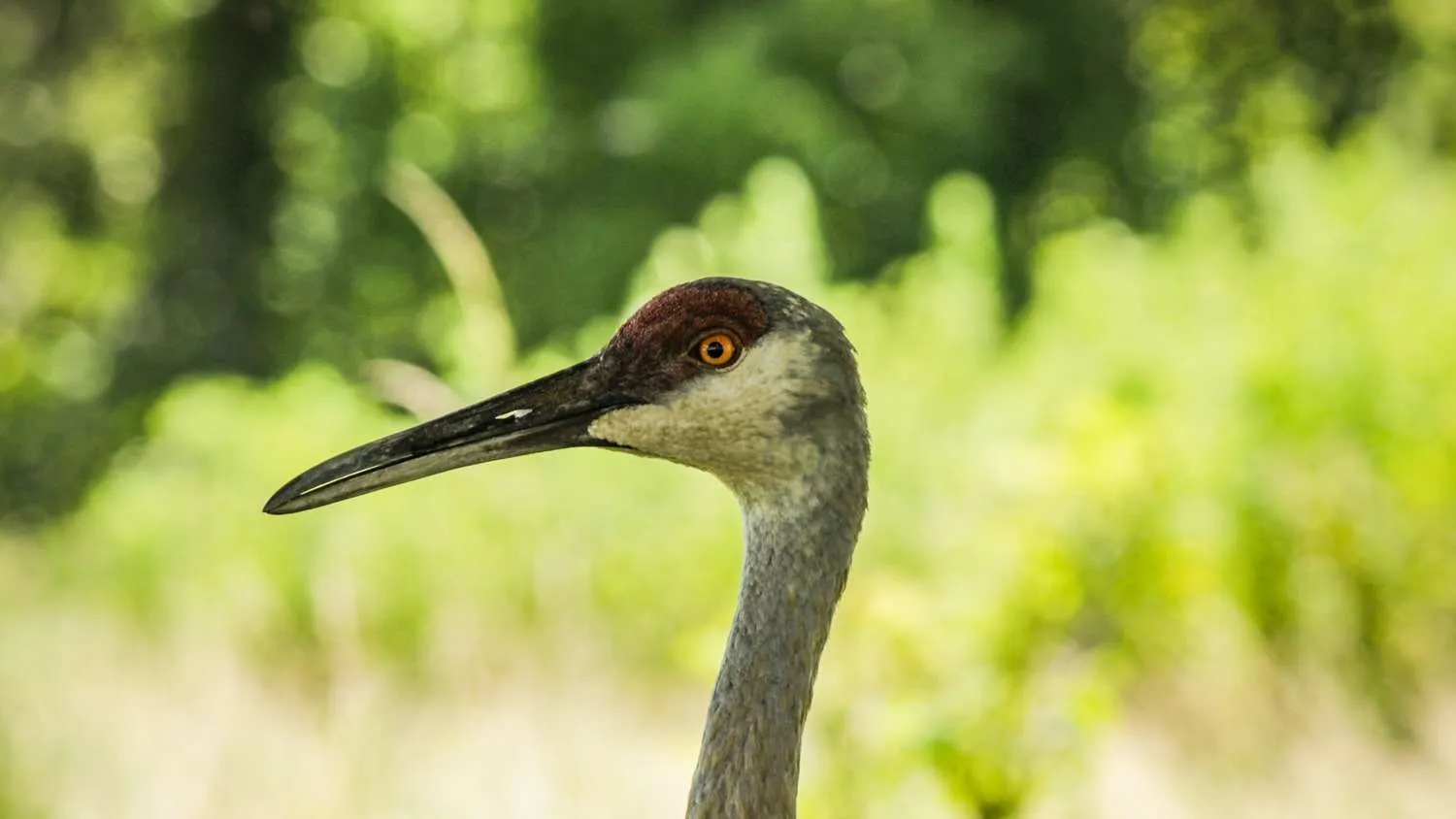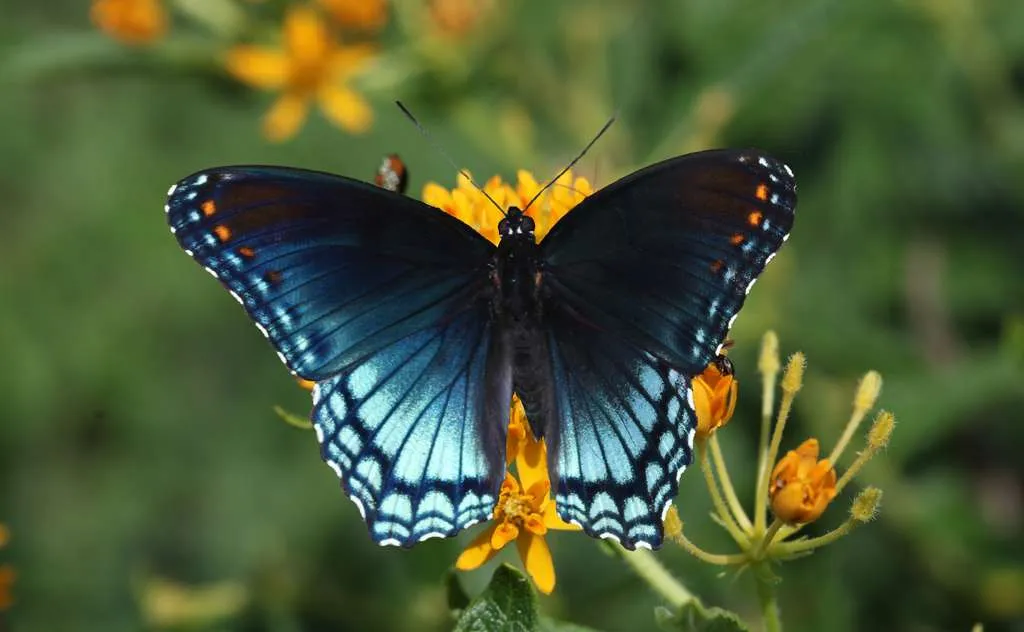Just 35 miles northwest of downtown Chicago, birds and butterflies that once called our region home are making a triumphant return to a special place. They are attracted to this special place because of environmental restoration, the process of returning an area to its natural state in order to restore the health and vitality of the land and water. And now, through the work of Openlands and our partners, you can explore the rare and stunning bird and butterfly species that call this place home.
This extraordinary place, Deer Grove East Forest Preserve in Palatine, IL, is one of the five natural area and wetland restorations Openlands is working on as a part of the O’Hare Modernization Mitigation Account (OMMA) initiative. OMMA seeks to offset the impact on wetlands caused by the expansion of O’Hare International Airport. This project is part of a series of restorations across the Des Plaines River Watershed in conjunction with the Chicago District of the U.S. Army Corps of Engineers, the Chicago Department of Aviation, and other partners.
25 Bird Species Documented at Deer Grove East

As part of its Army Corps requirements, Openlands monitored and documented the plant species in the restored and enhanced plant communities at Deer Grove East. We also measured the water levels in the upper portion of the site’s soils during growing season to record how the wetlands recovered. Additionally, from 2010-2015, our project consultant Stantec Consulting Services Inc., and the Deer Grove Natural Area Volunteers monitored bird species nesting at the Preserve, along with those passing through during spring and fall migration. We knew that restoration would attract beautiful and rare animals and were delighted by the results. This monitoring confirmed that 25 birds listed under the Species of Greatest Conservation Need (as classified in the Illinois Comprehensive Wildlife Conservation Plan and Strategy) either nested at or stopped by Deer Grove East during their migrations. Two bird species on the Illinois endangered list, the American Bittern and Wilson’s Phalarope, have been spotted using Deer Grove’s restored wetlands during the spring migratory season. See the list of 25 bird species recorded at Deer Grove East below.
36 Butterfly Species Recorded at Deer Grove East
An Eastern Tailed Blue on Butterfly Weed. Both are found at Deer Grove East.
Because of the outstanding commitment of the Deer Grove Natural Area Volunteers, and our important partnerships with the Peggy Notebaert Nature Museum and the Forest Preserves of Cook County, we have been able to document the enchanting butterflies that can now be found at the site. To date, 36 species of butterflies have been documented at Deer Grove East including Monarchs, Swallowtails, Skippers and more. These encouraging findings are the result of our planting plan for the Preserve. Five milkweed species recommended for our region by the Monarch Joint Venture (Common Milkweed, Swamp Milkweed, Butterfly Weed, Whorled Milkweed, and Poke Milkweed) and many nectar plants were all included with the intent of providing habitat for unique butterfly species. See the list of 36 butterfly species recorded at Deer Grove East below.
Partnership
Deer Grove East reflects success as a restoration model through the critical the support of our amazing partners like the Deer Grove Natural Area Volunteers, the Peggy Notebaert Nature Museum, and the Forest Preserves of Cook County. With partnership, Openlands better connects people to the outdoors through volunteerism, and provides a richer experience for visitors to the site’s trails, picnic groves, and new camping facilities at Camp Reinberg. Learn more about Deer Grove East.
Bird species recorded at Deer Grove East, 2010-2015
American Woodcock
Bobolink
Brown Creeper
Brown Thrasher
Chimney Swift
Common Nighthawk
Dickcissel
Field Sparrow
Grasshopper Sparrow
Great Egret
Henslow’s Sparrow
Hooded Merganser
Marsh Wren
Northern Flicker
Ovenbird
Pied-billed Grebe
Red-headed Woodpecker
Rusty Black Bird
Sandhill Crane
Savannah Sparrow
Sedge Wren
Willow Flycatcher
Wilson’s Snipe
Wood Thrush
Yellow-billed Cuckoo
Total Species: 25
Butterfly species recorded at Deer Grove East from 2001-2015 provided by the Peggy Notebaert Nature Museum
Swallowtails
Black Swallowtail
Eastern Tiger Swallowtail
Whites and Sulphurs
Cabbage White
Cloudless Sulphur
Common/Orange Sulphur
Hairstreaks/Coppers/Blues
Acadian Hairstreak
Coral Hairstreak
Eastern Tailed Blue
Spring/Summer Azure
Brush-Footed Butterflies
Ladies and Allies
American Painted Lady
Buckeye
Mourning Cloak
Painted Lady
Pearl Crescent
Red Admiral
Angel Wings
Eastern Comma
Gray Comma
Question Mark
Admirals
Red-Spotted Purple
Viceroy
Checkerspots
Silvery Checkerspot
Fritillaries
Great Spangled Fritillary
Monarchs
Satyrs
Common Wood Nymph
Eyed Brown
Little Wood Satyr
Northern Pearly Eye
Spread-winged Skippers
Common Sootywing
Northern Cloudywing
Silver Spotted Skipper
Folded-winged Skippers
European Skipper
Fiery Skipper
Least Skipper
Little Glassywing
Peck’s Skipper
Tawny Edge
Total Species: 36
